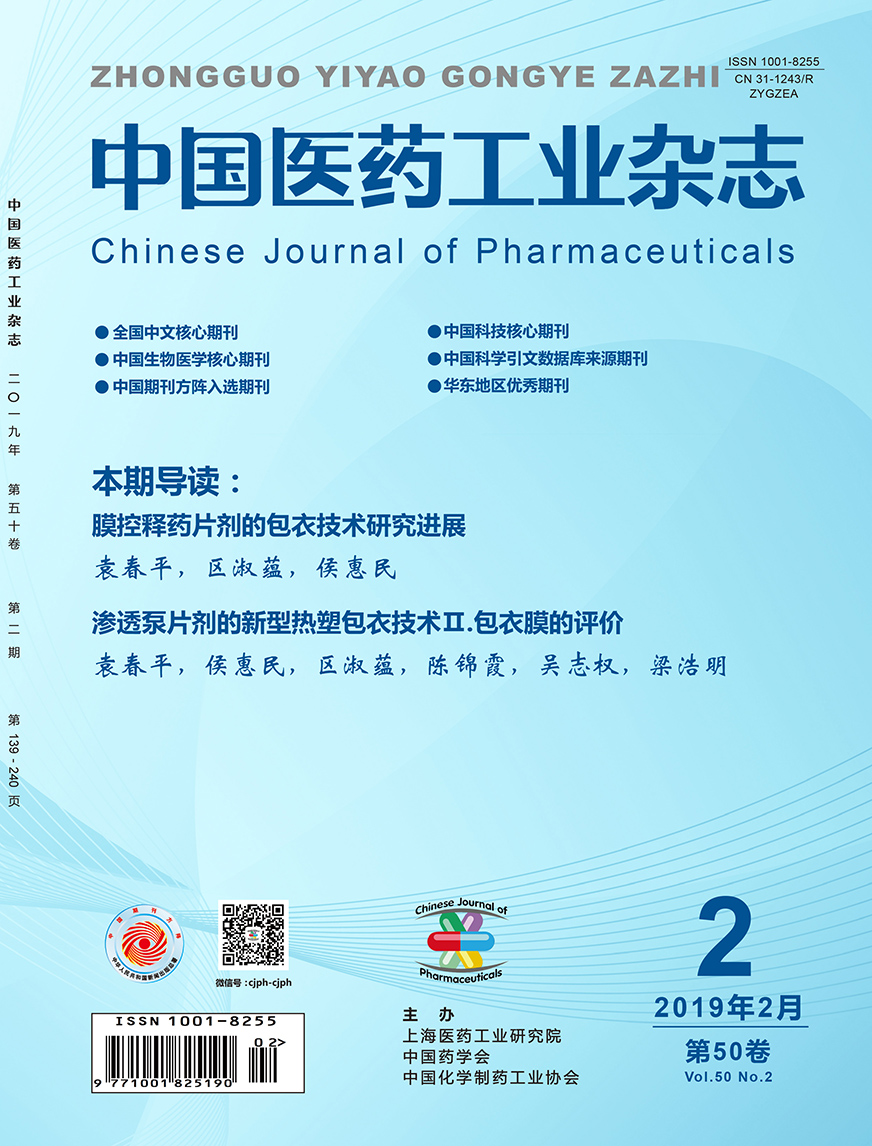Paper
LIU Yanlong, HU Zhongyuan, XING Lei, GUO Yahui, LIU Fei*
An improved process of parecoxib sodium was reported. 1,2-Diphenylethan-1-one oxime was prepared from 1,2-diphenylethan-1-one via oximation with hydroxylamine hydrochloride, which was followed by a cyclization with acetic anhydride to give 5-methyl-3,4-diphenyl-4,5-dihydroisoxazol-5-ol with a yield of 85%. Then the latter was subjected to a dehydration with sodium hydroxide instead of trifluoroacetic acid as the dehydrant to afford 5-methyl-3,4-diphenylisoxazole, the yield was increased from 70% to 82%. After reacting with chlorosulfonic acid, the corresponding product reacted directly with ammonia without purification, then the crude product was recrystallized in ethyl acetate to produce 4-(5-methyl-3-phenylisoxazol-4-yl)benzenesulfonamide, with the yield in this two-step reaction increased from 48% to 75%. After reacting with propionic anhydride, water was added into the reaction solution, and N-[[4-(5-methyl-3-phenylisoxazol-4-yl)phenyl]sulfonyl]propionamide was precipitated from the reaction solution, and the yield was increased from 75% to 95%. Finally, the target compound was obtained via a salification with sodium hydroxide in a purity of 99.98%, and the total yield was increased from 10.0% to 42.5%.
